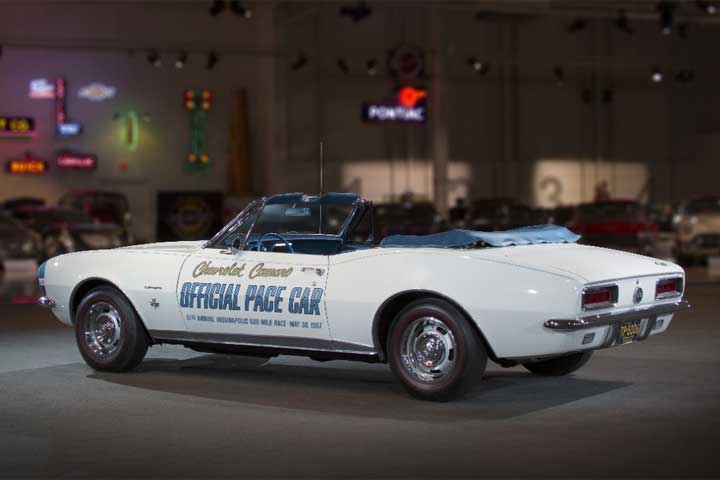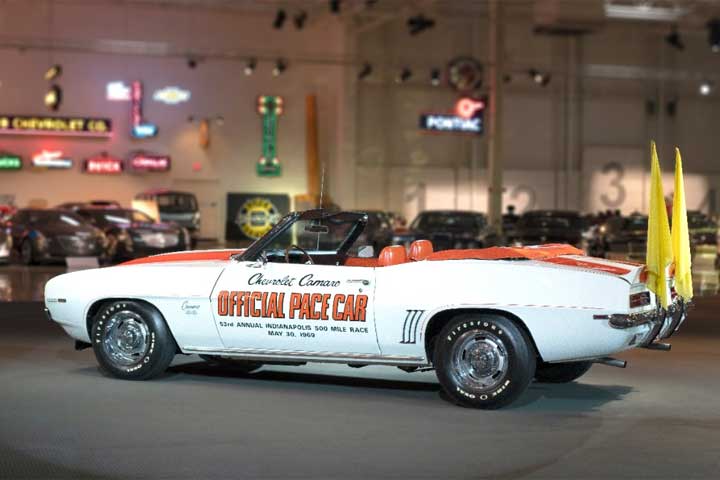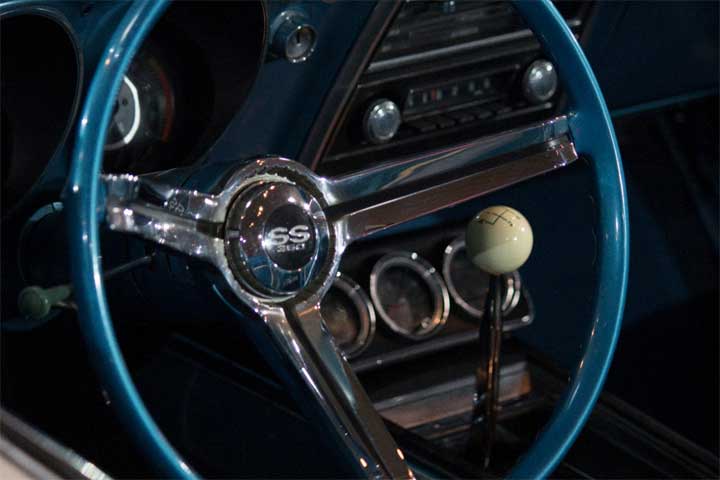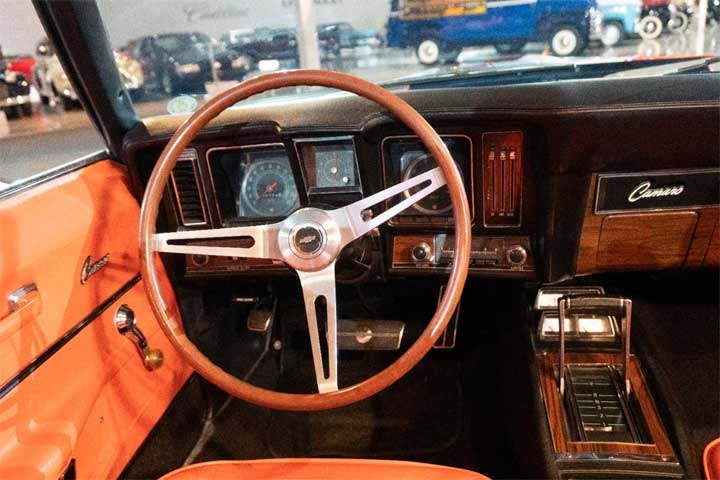
This post was originally published on this site
The 1967 Chevy Camaro debuted on September 26th, 1966, as Chevrolet‘s answer to the wildly successful Ford Mustang. The Camaro had a more aerodynamic appearance compared to the Mustang, and the Camaro utilized a rear unibody design to save on both space and cost, and a partial frame in front to minimize noise and improve ride quality.
RPO Z27, the Chevy Camaro Super Sport package, included the 350 cubic-inch Small Block producing 300 horsepower, special hood, special suspension and trim, SS stripes, raised white-letter tires, SS emblems on the grille, rear panel, and front fenders, black body sills, polished exhaust tips, and power brakes with front discs.
Possibly the best bang for the buck on the 1967 Chevy Camaro was the Rally Sport package, aka RPO Z22. For only $131.65, the Rally Sport package came with a blacked-out grille, hidden headlights, headlight washers, back-up lights under the rear bumper, simulated fender louvers, fender stripes, black body sills, wheel arch moldings, RS emblems in the grille, on the rear panel and steering wheel, bright trim around the taillights and roof drip moldings.
Several of the 1967 Chevy Camaro option packages were not available until later in the production year. The Z/28-optioned Camaros didn’t start rolling off the production line until late December of 1966, with the first deliveries taking place in January 1967. Developed as a Sports Car Club of America Trans Am Racing Series competitor, the Camaro Z/28 would have to have an engine that displaced no more than 305 cubic inches. To achieve this, COPO wizard and Z/28 steward Vince Piggins put a 283 crank in a 327, resulting in a 302 cubic-inch displacement. The new engine was grossly underrated at 290 horsepower. Car and Driver magazine said, “The 290-horsepower figure quoted for the Z/28 engine seems ridiculously conservative. It feels at least as strong as the 327, 350-horsepower engine offered in the Corvette.” In Sports Car Graphic, Jerry Titus said it was “logical to expect a fully prepared version of the 302 to produce well in excess of 370 honest ponies.”
In addition to the potent 302 Small Block, RPO Z28 (Special Performance Package) included dual deep-tone mufflers, special suspension, quick-ratio steering, 15-inch by 6-inch wheels, red-stripe tires, 3.73:1 rear gears, closed positive ventilation, heavy-duty radiator, and painted stripes on the hood and rear deck lid. The Z/28 option also required other options be ordered, such as a four-speed close-ratio manual transmission, power brakes with front discs or heavy-duty front disc brakes with metallic rears. A Positraction rear end was recommended.
The 1967 Chevy Camaro was chosen to pace the 51st annual Indianapolis 500. Chevrolet specially prepped four Camaros for on-track duties, and 100 replica Pace Cars to be used by race officials and VIPs for the month leading up to the race. The Camaro Pace Cars were finished Ermine White with Bright Blue interiors, white vinyl soft tops, with RS/SS trim, and emblazoned with “Chevrolet Camaro Official Pace Car 51st Annual Indianapolis 500 Mile Race – May 30, 1967? decals on the doors. The Pace Car nose featured an SS package blue stripe and pin stripe.
The Chevy Camaro for 1968 was quite similar to the 1967 model, with some styling and design changes. The vent windows were eliminated, some of the colors and trim were different, and 1968 was the first year for Astro Ventilation. The ignition switch remained on the dash as in the previous year, but moved to the steering column for 1969. Rally Sport Camaros had vacuum-operated headlight doors, a change from the electrically operated doors of the year before. Center consoles were redesigned, and the secondary gauge package combined the clock with the tachometer, becoming known as the “Tick-Tock-Tach.”
To combat wheel hop under heavy acceleration common to 1967 Chevy Camaros, 1968 Camaros came with rear shock absorbers mounted ahead of the rear axle on the driver’s side, and passenger’s side shocks mounted behind. V8-equipped Camaros other than the 210- and 275-horsepower 327 Small Block were equipped with multi-leaf rear springs.
1969 Chevy Camaro featured a number of design and mechanical changes, including flattened wheel wells giving the Camaro a more aggressive look, sharper lines and angles for the grille, redesigned door skins, rear quarter panels, and the rear panel between the taillights. There were faux vents located just ahead of the rear wheel arches. The Rally Sport package came with headlights hidden behind vacuum-operated doors, as in 1968. Interior changes included a more squared instrument binnacle. Console-mounted gauges carried over unchanged from the previous year.
Mechanical changes for the 1969 Chevy Camaro included available RPO JL8 Power Front and Rear Disc Brakes, and cowl induction hoods that were previously only available on COPO Camaros could be had on Z/28s or SS cars.
The Chevy Camaro Z/28 Special Performance package still came with high-revving 302 Small Block of previous years. Dual exhaust, heavy-duty radiator, special front and rear suspension, quick steering, a temperature-controlled fan, four-speed manual transmission, and front- or four-wheel disc brakes, were aesthetically complemented by raised white-letter tires wrapped around fifteen-inch Rally wheels, Z/28 emblems on the rear panel, fenders, grille, bumper guards, hood and rear deck stripes. A/C was not available.
1969 was the final year for the first-generation Chevy Camaro. It would also be the longest production year of the first generation, spanning from September 26th, 1968 to February 26th, 1970, with production totaling 243,085 units.
















Facebook
Twitter
Instagram
YouTube
RSS